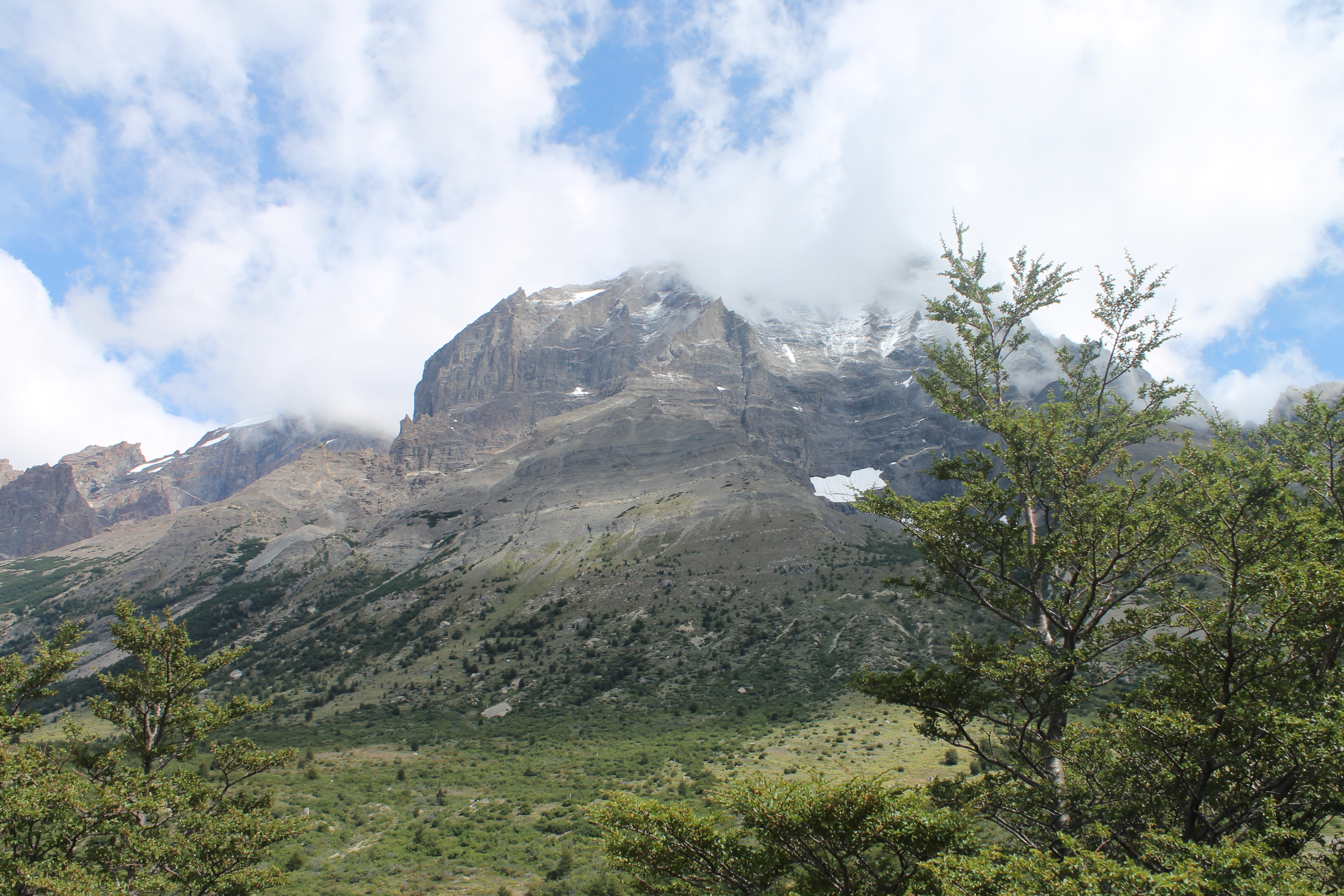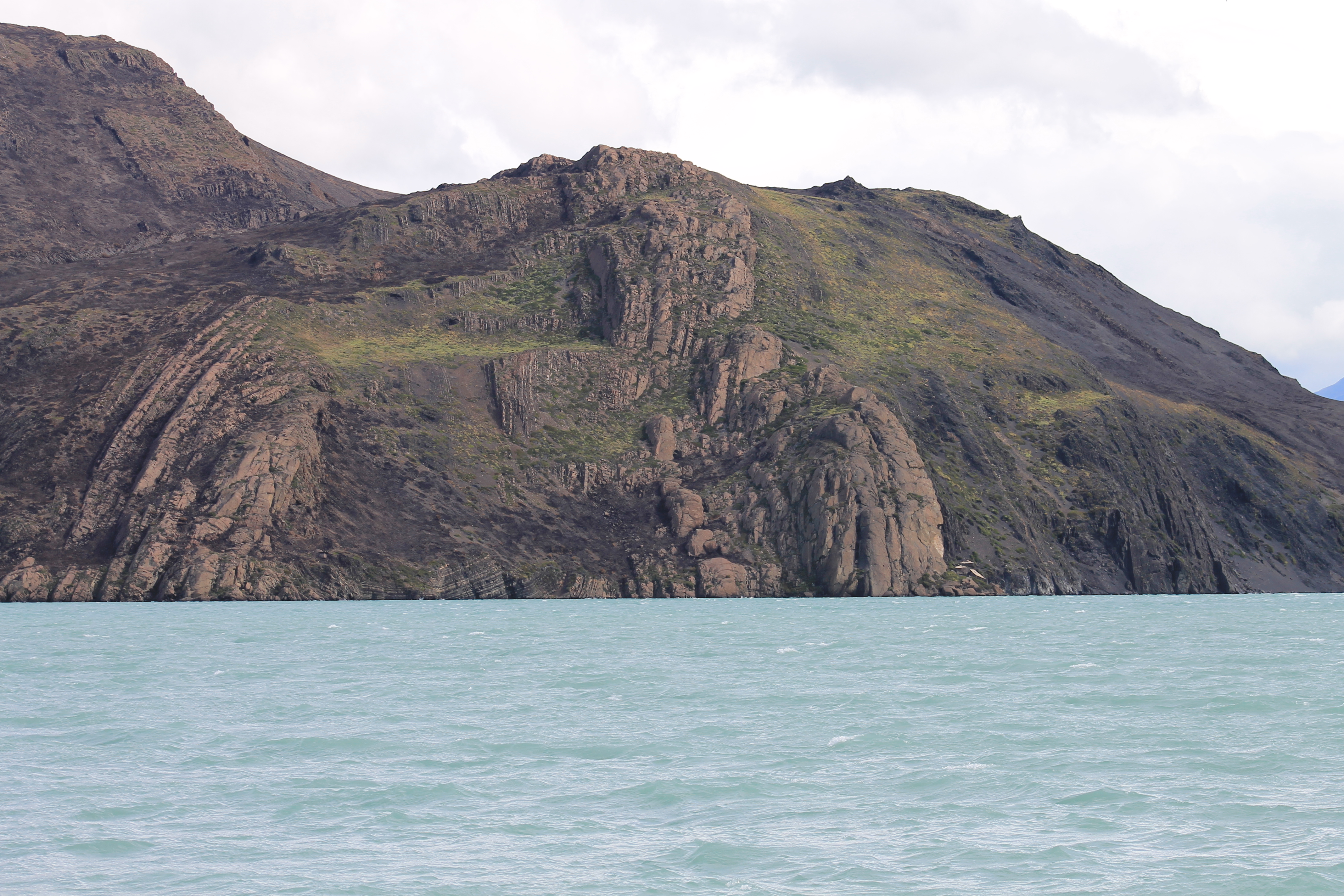By Michelle Marraffini
Invertebrate Zoology Lab

During the winter break, six students received the amazing opportunity to take the field class Global Kelp Systems, taught in Puerto Montt Chile. In the few weeks prior to the course we traveled around Chile and neighboring countries to take full advantage of this once in a lifetime opportunity. Phycology student Sara Worden, and I traveled to the Chilian National Park Torres del Paine. We were amazed at the landscape of the Patagonian steppe, enormous mountain peaks, and blue green glacial lakes that dotted the horizon. Our journey to the park consisted of a 3 day hike up to los Torres, the namesake of the park, and around to los Cuerrnos.

The mountainous group of Paine called massif consists mainly of granite and sedimentary rocks. This mountain was formed 12 million years ago (the Andes Range of Mountains formed 60 million years ago) and from a geological standpoint this landscape is considered new. The origin of the relief is from a unique combination of upheaval of the Paine Mountain Range and the erosive action of the glacial advances and reverses.

The differences in color seen in the rocks and formations are due to granite (light grey) and sediment (black or dark grey). Most of this sediment has been dated to the Cretaceous period with intrusions of Miocene laccolith.

Glacial weathering over the last ten thousand years is responsible for many of the sculptural features of Torres del Paine including the Torres where their overlaying sedimentary rock layer has been completely eroded away leaving behind the more resistant granite. Los Cuerrnos is also a great example of this glacial weathering which show dark, central bands of exposed granite with contrast their dark peaks of remnants of heavily eroded sedimentary stratum. Throughout our hike we kept using our knowledge of geology to tell the story of these thousands of year’s old formations and it made this impressive landscape even more beautiful.


